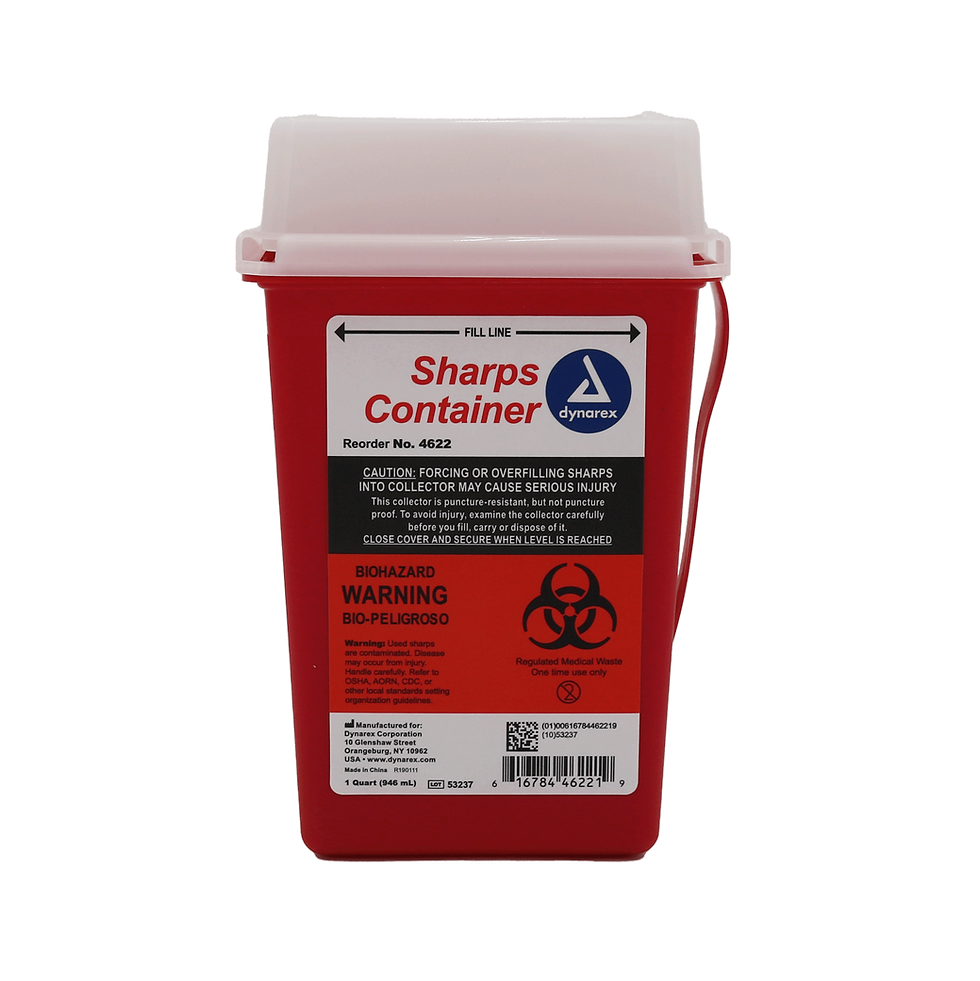Emergency Readiness: Steps to Prepare for Unexpected Emergencies
- Chief 322

- Jun 23
- 4 min read
In today’s unpredictable world, being prepared for unexpected emergencies is essential for personal safety and peace of mind. Emergencies can range from natural disasters, such as hurricanes and earthquakes, to man-made incidents, like power outages and medical emergencies. In this post, we will explore the fundamental steps of emergency readiness so that you can ensure that you and your loved ones are ready when the unthinkable occurs.
Understanding Emergency Readiness
Emergency readiness involves planning, organization, and education. It requires an understanding of potential risks and devising a comprehensive strategy to effectively handle them. Here’s how you can begin your journey toward becoming fully prepared:
Identify Potential Risks: Begin by assessing the risks specific to your area. Research common emergencies that can occur based on our location, such as floods, prolonged power outages, and significant winter conditions. This awareness allows you to focus your preparations more effectively.
Create an Emergency Plan: An actionable and clear plan is vital. Make sure you outline the steps you and your family will take in the event of an emergency. This includes where to meet, how to communicate, and how to access essential supplies.
Establish Communication Channels: Designate a point of contact outside of the immediate area, as local communication can be disrupted during emergencies. Ensure that everyone in your family knows how to reach this person.

Essential Supplies for Emergencies
Planning goes beyond just creating a plan; you also need to gather essential supplies that can help sustain you during an emergency. Here’s a list of items you shouldn’t overlook:
Food and Water: Store at least three days’ worth of non-perishable food and water. Consider dietary restrictions and preferences when choosing food items.
First Aid Kit: A well-stocked first aid kit is critical. It should contain bandages, antiseptics, over-the-counter medications, and any prescription drugs you may need.
Flashlights and Batteries: Power outages are common during emergencies. Stock reliable flashlights, headlamps, and a supply of fresh batteries.
Multi-tool: A multi-tool can assist you in a variety of situations, from home repair needs to outdoor tasks.
Emergency Blanket: Compact and lightweight, an emergency blanket can provide warmth or shelter.

What are the 5 P's of Preparedness?
The 5 P's of preparedness can simplify your planning process. They provide a clear framework to make your emergency readiness comprehensive and adaptable.
Plan: Readiness starts with a plan, detailing what steps to take before, during, and after an emergency. Familiarize everyone with the plan.
Prepare: This involves gathering supplies, food, and necessary items that will enable you to remain safe and self-sustained.
Practice: Regular drills can help family members know how to respond when stress levels are high. Practicing different scenarios can highlight gaps in your plan.
Protect: This entails taking measures to safeguard life and property. Installing smoke detectors, securing heavy furniture, and identifying escape routes are critical steps.
Participate: Engage with community emergency response groups. Sharing knowledge and resources with others can provide additional layers of safety.

Staying Informed
Being informed is a crucial part of emergency preparedness. Stay updated with the news and local emergency services. Many communities offer alerts through text messages or apps that provide real-time information.
Consider subscribing to local radio stations for weather updates. This knowledge can enable you to take action quickly, especially if you live in an area prone to natural disasters.
Training and Skills Development
Equipping yourself with the right skills complements your preparation. Take the time to learn:
Basic First Aid: Knowing how to treat minor injuries can be crucial in an emergency. First aid courses are widely available and can be completed online or in-person.
CPR Certification: Cardiopulmonary resuscitation (CPR) is a life-saving skill. Learning how to administer CPR can make a significant difference during medical emergencies.
Disaster Response Training: Many organizations, including the American Red Cross, offer disaster response training courses. These courses can provide essential knowledge for responding effectively to various emergency scenarios.
Review and Revise Your Plan Regularly
Emergencies are unpredictable, and your plans should adapt to changing circumstances. Set a schedule to review your readiness plan at least once a year. During these reviews, consider the following:
Update Supplies: Check expiration dates on food and medications, and replace them as necessary.
Modify Your Plan: Changes in your family dynamics or living conditions may require adjustments to your emergency strategy.
Re-practice Drills: Just as you should check your supplies, practicing your emergency plan helps ensure everyone remembers what to do.
Community Resources and Support
Our community has resources to assist with emergency preparedness. From Public Safety events, to community organizations, and other agencies that offer information and workshops. Engaging with these resources can provide additional insights and support.
Montgomery County has additional resources for staying informed and providing responders with vital information in an emergency.
Register for Ready Montco today if you have not done so already at the provided link. https://member.everbridge.net/453003085612338/new
Creating a Positive Mindset
Finally, part of being ready for emergencies is maintaining a calm, positive mindset. Understand that while emergencies are stressful, your preparedness can greatly reduce anxiety. Here are some tips for fostering a resilient mindset:
Stay Connected: Maintain relationships with family and community members. A support network is invaluable during challenging times.
Educate Yourself: Knowledge fosters confidence. The more you understand about potential emergencies, the better you can prepare for them.
Focus on What You Can Control: Worrying about the unexpected is natural but focusing on your preparations can alleviate stress.
Final Thoughts
When it comes to unexpected emergencies, being proactive can be the key to safety. By understanding the risks, preparing adequately, and maintaining an informed and adaptable mindset, you position yourself and your loved ones to better navigate potential crises. Building readiness is essential, and while you cannot predict every situation, you can ensure you are prepared for whatever comes your way.





Comments